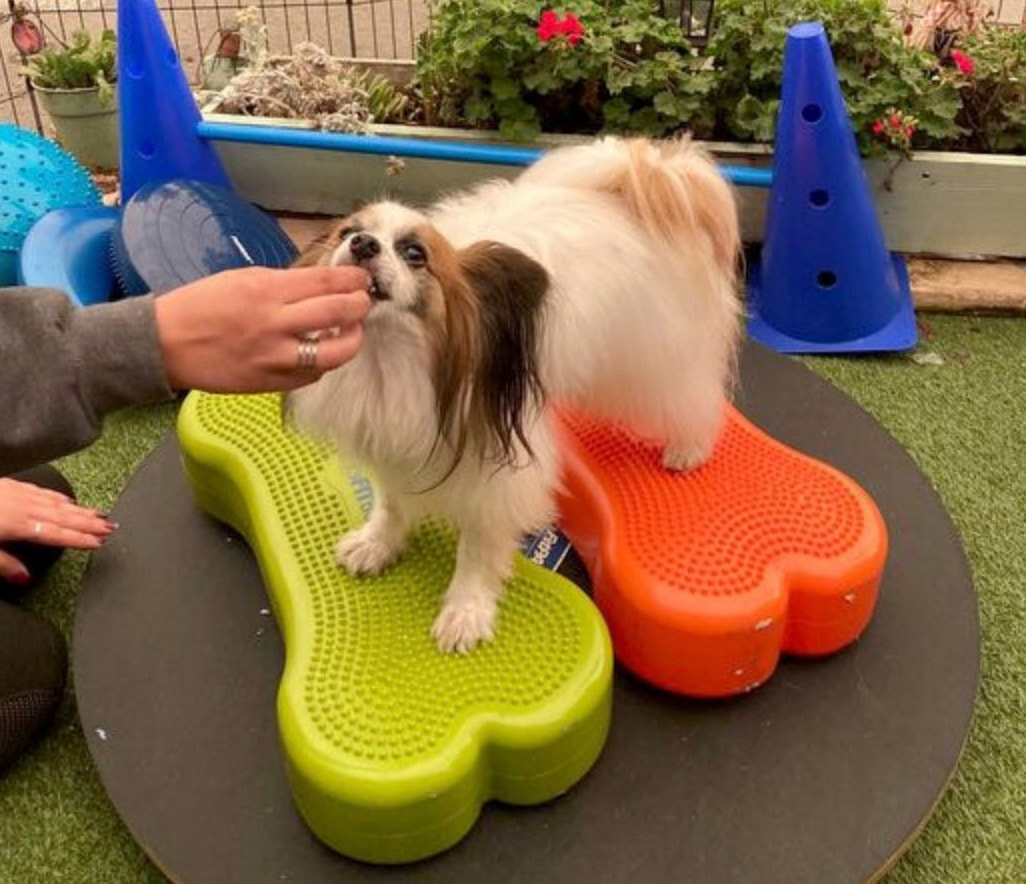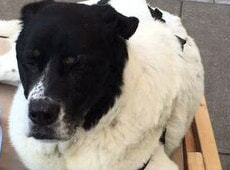Arthritis/Senior Mobility Issues
Treating Canine Arthritis
Osteoarthritis is a common condition in both humans and dogs alike. As we age, we experience osteoarthritis in weight-bearing joints such as knees and hips. Osteoarthritis, also known as degenerative joint disease, is a progressive deterioration of the cartilage that surrounds and cushions the joints. Common signs of arthritis in a dog includes decreased level of activity, occasional difficulty with getting up from the floor, and stiffness while walking. These symptoms of arthritis are worse in the early mornings, after lying down for a prolonged period of time and during bouts of cold weather.
Osteoarthritis is commonly seen in older dogs, those who have had a pre-existing condition earlier in life such as hip dysplasia, injuries such as fractures or ligament tears, especially in the knee. Additionally, dogs who have undergone surgery earlier in life and did not perform specific exercises to regain muscle strength in the injured limb, often develop osteoarthritis in their later years.
Another primary cause of arthritis in dogs is obesity. With additional body weight, there is an increased stress on the joints, which leads to deterioration of the cartilage and ultimately osteoarthritis. Fortunately, there are several beneficial treatments to help your dog maintain an active and healthy lifestyle even with osteoarthritis. Canine physical therapy is one of the best treatment opportunities for a dog with arthritis. In canine rehabilitation, you can expect your pet to have a comprehensive evaluation to determine which joints and muscles are effected and what functional activities have been limited. Physical therapy sessions include gentle range of motion and stretching techniques for the stiff joints and muscles surrounding them, which assist in decreasing pain and improving mobility. Additionally, your pet will be started on an individualized exercise program to strengthen the muscles surrounding the arthritic joints, providing, enhanced stability for the joints and reduction of further joint deterioration. During rehabilitation at AWAP, your pet will have access to state-of-the-art equipment to help minimize pain and stimulate tissue healing. Each weekly session your pet will be able to enjoy a personalized treatment program of hands on techniques, tailored exercise and pain relieving modalities. The expected goal of your dog's rehabilitation is to decrease pain, increase strength and mobility and restore function for your pet in order for you to enjoy many more active years together. |
Combine and Conquer: Managing Canine Arthritis Pain At Home | Written By Dr. Ilana Strubel
|




